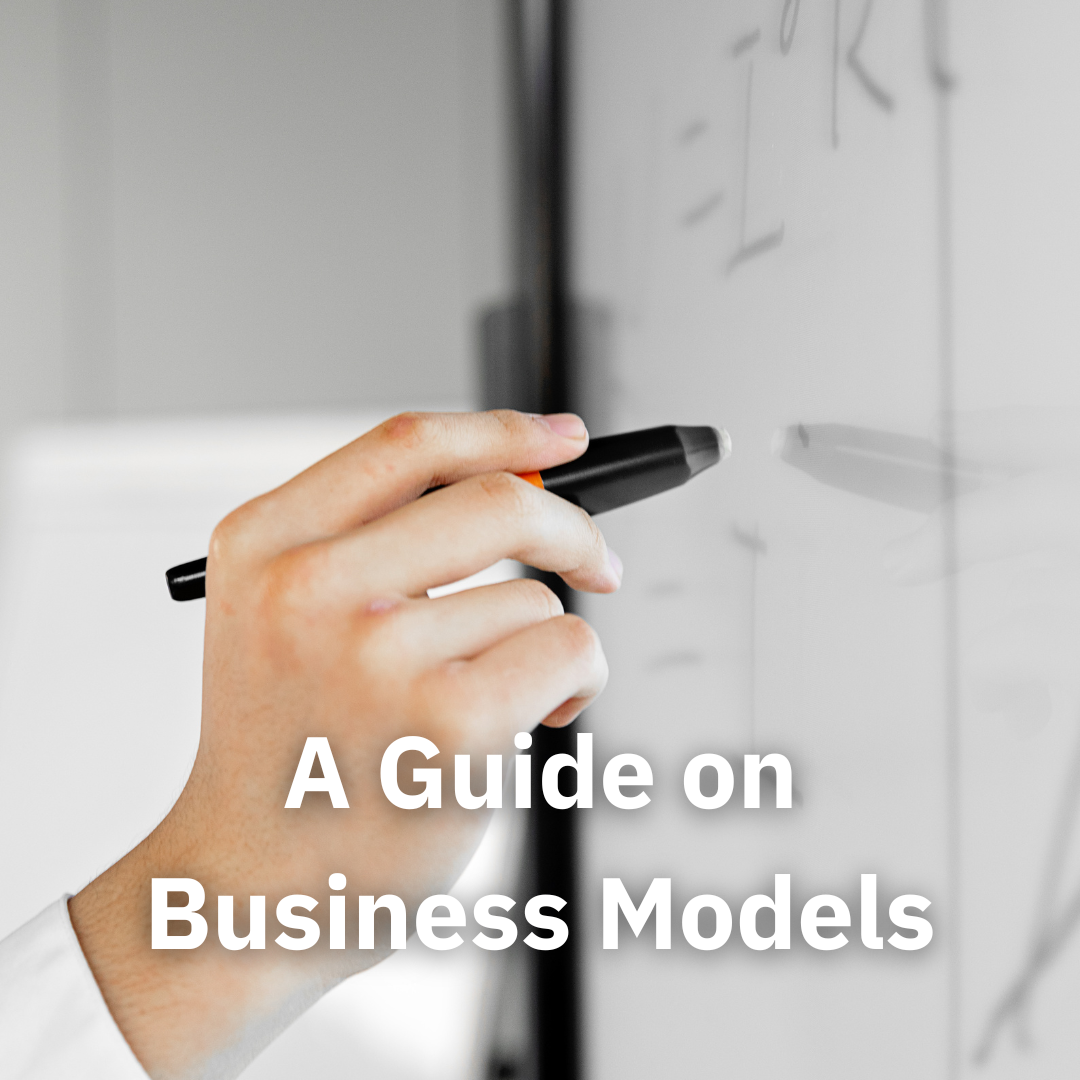Choose a business model and include it in your strategy and research. We'll go through a business model definition, the many sorts of business models, and how to pick the best one for your company in this article.
What is a Business Model?
A business is the realisation of a concept to provide potential clients with a unique product or service. Though most individuals concentrate on company ideas in order to build a solid foundation, a well-chosen business model is what offers that concept a clear route.
One or more types of business models may be supplemented by a single business idea. Because of the ever-changing market requirements and increasing technologies, businesses are constantly altering their forms and have changed enormously in the last several years.
A ‘business model’ is a blueprint for how a corporation intends to earn money in a certain market with its product and client base.
A business model outlines four things at its core:
- What will a company's product or service be?;
- Its marketing strategy for that product or service;
- What type of costs it will have to deal with;
- How it intends to make money.
Are there any essential features in a business model?
Business models come in a variety of shapes and sizes, but they all have the same essential components, as you can see from our business model description and example.
A distinctive value proposition, a viable target market, and a competitive edge are all important components of a business model. You won't be able to make money until you have those elements.
The following are the ten elements to bear in mind:
- A characteristic that makes your product appealing to buyers is called a value proposition;
- A specific set of consumers who might be interested in the product is referred to as the target market;
- A competitive advantage is a feature of your product or service that is difficult for rivals to duplicate;
- The cost structure is a breakdown of your company's fixed and variable expenditures, as well as how they affect pricing;
- The manner in which your firm monitors performance is known as key metrics;
- Your company's physical, financial, and intellectual resources are referred to as resources;
- Problem and solution refer to the pain areas of your target consumers and how your organisation plans to address them;
- A revenue model is a framework for identifying and pursuing prospective income streams;
- Revenue streams are the various methods by which your firm might earn money;
- The amount by which your income exceeds your business costs is known as your profit margin.
What are the most common types of business models?
As aforementioned, there are many different types of business models, all of which may be altered or changed to fit the needs of a certain firm or sector. This is also known as a disruptive business model.
Bundling Model
Companies that use the bundling business model sell two or more things as a single unit at a cheaper price than they would if they sold the products individually.
This sort of business strategy enables organisations to create a higher volume of sales and maybe promote more difficult-to-sell items or services. Profit margins, on the other hand, frequently drop as enterprises offer things for less.
Crowdsourcing Model
Crowdsourcing entails gathering information, views, or work from a large number of individuals via the internet or social media. Without needing to hire in-house personnel, these business models allow organisations to tap into a wide network of talent.
For example, some traffic applications encourage drivers to report incidents in real-time so that other app users can benefit.
Freemium Model
With the rise of internet and Software-as-a-Service (SaaS) firms, the freemium business model has gained traction.
The basic architecture is as follows: a software corporation hosts and provides a proprietary product, such as an app or tool suite, for its users to freely access.
However, the corporation withholds or restricts the usage of some essential features that consumers are likely to want to use more frequently over time. Users must pay a membership fee to have access to those important services.
Subscription Model
Both traditional brick-and-mortar and internet businesses may benefit from a subscription business model. In essence, as we stated in relation to Netflix, a consumer pays a monthly recurring payment for access to a service or product. The retailer business model is the final on our list.
Retailer Model
These companies buy items from wholesalers and then offer them to clients for a price that covers their costs while also making a profit. Retailers may specialise in a certain area, such as kitchenware, or provide a diverse selection of goods.
Finding or constructing an appropriate business model can be tricky, but we hope that this advice has given you a better understanding of which business model you should use for your own company. We understand the difficulties and are committed to delivering crucial accounting services to your company to simplify your current business needs.
For more information on our services, please contact Persona Finance at [enquiries@personafinance.co.uk].



